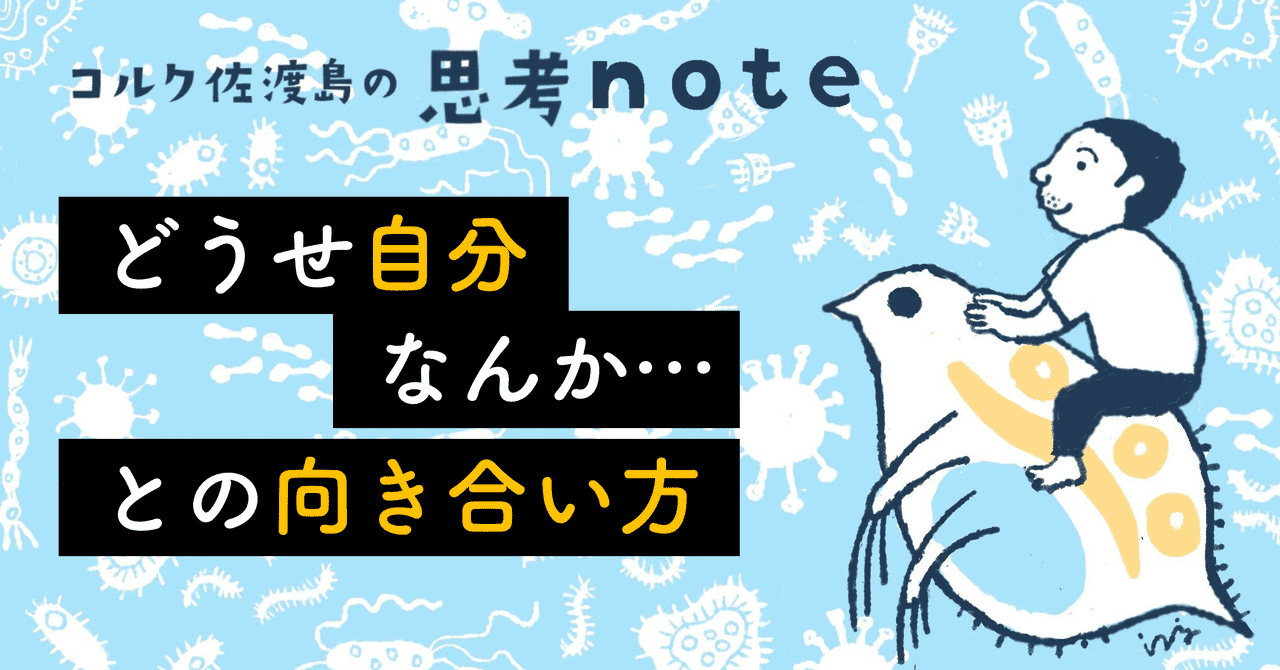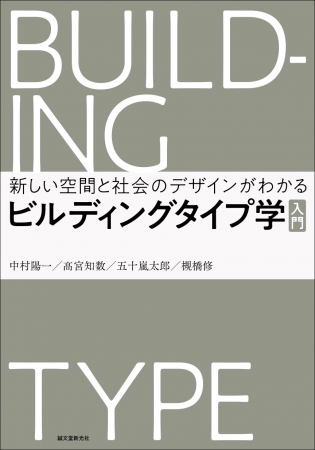
CULTURE


© JAG Studio
〈カサ・トウキーヤ(Casa Toquilla)〉は、2016年の地震で被害を受けたエクアドルのポルテテ島のために開発された、地域のヴァナキュラーな素材と建築技法を受け継ぐ住宅モデルです。
この地域で以前から用いられていた竹とトキヤワラを活用した建築となっており、高床式とすることで洪水から素材を守りつつ、木製のグリルフロアや蚊帳付きのパーティションで覆われることにより住宅内の風通しを確保し冷房の必要性を低減しています。
また、さまざまな家族構成や生活様式、仕事にも対応した6つのタイプが計画されており、現在では3軒実現、7軒が建設中となっています。エクアドルを拠点とする建築事務所 Rama Estudioが設計しました。
(以下、Rama Estudioから提供されたプレスキットのテキストの抄訳)

© JAG Studio
震災により失われつつあるヴァナキュラーかつサステナブルな素材と工法の再評価
このプロジェクトはエクアドルのエスメラルダス州、ポルテテ島にあり、2016年の地震で被害を受けた地域である。この地震の結果、島に住む80世帯は本土に避難し、彼らの習慣に合わない住宅が提供され、この地域の温熱条件にも適していなかった。
竹、木、トキヤワラ、カデといった土着の材料は、亜鉛板やブロック、コンクリートに置き換えられた。この地域の伝統的な建築工法は、容易に入手でき、安価で持続可能な材料を使用するものであったが、低品質の材料という汚名を着せられた。
このような断絶によって、コミュニティは、各家族内の労働力に頼った伝統的な建築技法で自分たちの家を手に入れることができなくなってしまった。

© JAG Studio
過去2年半の間、私たちはポルテテ島のコミュニティと協力し、竹とトキヤワラを用いた建築の再評価に取り組んできた。〈カサ・トウキーヤ〉プロジェクトの意図は、地域のさまざまな家族構成に対応する一連の竹製住宅を開発することであり、手頃な価格と建設のしやすさを考慮し、アクセスしやすい住宅にすることであった。
このプロジェクトのデザインには、オープンでフレキシブルかつ、適応性の高いスペースが含まれており、中心的なアイデアは、扇風機やエアコンの必要性を減らす、熱効率の高い住宅をつくることであった。

© JAG Studio

© JAG Studio
家族構成や生活様式に合わせた6タイプの〈カサ・トウキーヤ〉
最初のプロトタイプ住宅である〈カサ・トウキーヤ M〉は、面積が71m²、建設費18,000ドルで、最大8人が快適に暮らせるように設計されており、高床式とすることで洪水に耐え、素材の耐久性を確保している。
また、住民がよく外で風を楽しむために集まるこの地域の生活環境を考慮したデザインとなっており、共同スペースは中庭に隣接する調理場と関連している。

〈Casa Toquilla M〉Axonometric

〈Casa Toquilla M〉Plan

〈Casa Toquilla M〉Elevation
トキヤワラで葺かれた屋根の勾配を利用して2階を作成しつつ、開放的な内部空間とすることで、住宅全体の風通しを確保した。夜間には、天候や湿気に強いヤシ科のパンビルを使った蚊帳付きのパーティションが家を囲み、風を通しながら虫を寄せ付けない。また、木製のグリルフロアによって、日陰の冷気を循環させる空気循環システムが採用されている。
2番目につくられたプロトタイプ住宅である〈カサ・トウキーヤ S〉の面積は64m²、建設費16,000ドルの6人用の住宅である。レイアウトは〈カサ・トウキーヤ M〉と似ているが、1階の外部空間を無くしつつバルコニーと同じ利点を実現するために、上部の仕切りは完全にオープンにしている。

〈Casa Toquilla S〉Axonometric

〈Casa Toquilla S〉Axonometric

〈Casa Toquilla S〉Plan
これら2つの初期型に加え、面積82m²、建設費22,000ドル、最大8人まで収容可能な平家〈カサ・トウキーヤ L〉を開発した。高齢者や体の不自由な家族のために設計された〈カサ・トウキーヤ L〉は〈カサ・トウキーヤ M〉とは異なり、家族のニーズに応じてプライバシーを保つために3つのスペース(2つの寝室と休憩スペースにもなる共有スペース)に分かれている。空気を循環させるグリルフロアや、蚊帳付きのパンビル・パーティションなどの熱対策は、前回のプロトタイプを踏襲している。
〈カサ・トウキーヤ XL〉は136m²で、建設費46,000ドルとなっており、広くて高い空間となるよう設計されており、広々とした社交スペースを必要とする家族に焦点を当てている。このタイプは、地上からの高さも高くなっている。
〈カサ・トウキーヤ XS〉は広さ47m²、建設費18,000ドルの、4人家族向けの最小の住宅である。セカンドステージの成長に対応できるように設計された、順応性のある家具を含んでいる。この住宅も〈カサ・トウキーヤ XL〉と同様、1階にフロントデッキがあり、社交エリアの面積を広げている。
最後に、85m²の面積の〈カサ・トウキーヤ T〉は、観光業を営む家族やユニットのために特別に設計されたタイプである。この設計には、3つの居住スペース、バスルーム付きの2人用寝室、キッチンと社交エリアを備えた4人用スイートルームがある。

© JAG Studio

© JAG Studio
地域に根付く建築技術を受け継ぐプロセスとしての建設
これらすべてのタイプの建築には、地元の労働者を起用しており、竹の建築手法やトキヤワラの編み方を地域住民に教える実践的な訓練となった。各住宅には、バイオダイジェスターやバイオフィルターなどを備えた、独自の排水管理システムが導入されている。
技術的な面では、海岸の湿度が高く塩分濃度の高い環境下での耐久性と性能を評価するため、さまざまな保存・養生方法を用いた。また、実用的で効率的な構造をつくるために、金属ダボを使った単純な接合や伝統的な接合手法など、さまざまな建築技術を活用した。

© JAG Studio

© JAG Studio
接合部、金具、最終仕上げの錆の問題を解決するため、ネジ棒、ナット、ワッシャーにはステンレス鋼のみを使用した。配線はすべて屋外用の強化ケーブルを使用し、コンセントやスイッチ類は必要な箇所のみ穴を開け、竹への影響を最小限に抑えるよう慎重に選定した。
最終的な仕上げには、何度かのテストの後、紫外線や水から素材を保護するために蜜蝋ベースのオイルが使用された。

© JAG Studio

© JAG Studio
〈カサ・トウキーヤ〉は、品質と安全性を損なうことなく、可能な限り効率的にするために最大限の技術を駆使したプロジェクトであり、竹とトキヤワラの建築を活性化させ、誰もが利用できるようにすることを目的として構成されている。
現在、この方法論、設計、施工は、この地域のさらに3軒の住宅で再現され、7軒のカサス・トキージャが建設されている。このプロジェクトは、国内の他の都市における大規模な住宅開発や、エクアドル沿岸部の他の地域における個々のプロジェクトにも影響を与えている。

© JAG Studio
現在、〈カサ・トウキーヤ〉のメソッドを用いた設計および建設は3軒実現しており、7軒が建設されている。
このプロジェクトは、国内の他の都市における大規模な住宅開発や、エクアドル沿岸部の他の地域におけるプロジェクトにも影響を与えている。

Explanation

Explanation

Explanation

Construction process

Construction process
以下、Rama Estudioのリリース(英文)です。
Project Name: Casa Toquilla
Architects: RAMA estudio
Website: www.ramaestudioec.com
Social media: https://www.instagram.com/ramaestudioec/
Studio Location: Quito-EcuadorConstruction Year: 2021
Built area (m²): 140 m²
Location: Portete – Ecuador
Type: Vivienda Rural
Architects in charge: Carolina Rodas – Felipe Donoso- Carla ChávezProject DescriptionThe project is located on Portete Island, in the Esmeralda Province of Ecuador, an area that was affected by the 2016 earthquake. As a result of this event, the 80 families who lived on the island were displaced to the mainland, where they were provided with housing that did not align with their customs and lacked proper thermal conditions for the region. Local materials such as bamboo, wood, toquilla straw, and kade were replaced with zinc sheets, blocks, and concrete. Traditional construction methods using readily available, more affordable, and sustainable materials in the region were stigmatized as low-quality materials. This disconnect prevented communities from accessing their own homes built using traditional construction techniques that relied on the specialized labor available within their family units.Over the past 2.5 years, in collaboration with the Portete community, we have been working on the revitalization of bamboo and toquilla straw construction, renewable materials with low environmental impact found in the region. The project’s intention was to develop a series of bamboo housing typologies that catered to different family configurations in the area, considering their economic capacity and ease of construction to make them accessible. The designs include open, flexible, and adaptable spaces. The central idea of the project was to create homes with high thermal quality, reducing the need for fans and air conditioning.The first housing prototype, Casa Toquilla M, with 71 m2 and a direct construction cost of $18,000, is designed to comfortably accommodate up to 8 people. It is conceived as an elevated platform on pilings, designed to withstand potential floods and ensure the material’s durability. The design takes into account living conditions in the area, where residents often gather outside to enjoy the breeze. The communal space is associated with the food preparation area adjacent to the patio for consumption.The technical details required for the toquilla straw roof were incorporated into the spatial development, utilizing the roof’s slope to create a usable second floor. The spaces are open, creating a utility corridor that enhances cross-ventilation throughout the house. A partition system made of pambil, highly resistant to weather conditions and moisture, is used to enclose the house at night, eliminating the need for glass and using mosquito netting to allow airflow while keeping insects at bay. An air recirculation system is implemented through a wooden floor grille that allows cold air to circulate in the shade of the house.The second housing prototype, Casa Toquilla S, with 64 m2 and a direct construction cost of $16,000, is the smallest of the initial trilogy of studied homes. It is ideal for 6 people, and its layout is similar to Casa Toquilla M but eliminates outdoor spaces on the second floor while featuring a completely open upper partition to optimize space and offer the same benefits as a balcony.In addition to these two initial typologies, we have developed Casa Toquilla L, with 82 m2 and a direct construction cost of $22,000. It is a single-story version designed for families with elderly or mobility-impaired members and can accommodate up to 8 people. Unlike Casa Toquilla M, Casa Toquilla L is divided into three spaces to preserve privacy, according to the family’s needs. It includes two bedrooms and a common area that also serves as a resting space. Thermal strategies, such as the floor grille for air recirculation and pambil partitions with mosquito netting, are replicated from the previous prototype.Casa Toquilla XL, with 136 m2 and a cost of $46,000, is a typology designed for spacious, high-ceilinged spaces focused on families requiring ample social areas for family or social gatherings. This typology also has a higher elevation from the ground. Casa Toquilla XS, with 47 m2 and a construction cost of $18,000, is the smallest housing unit, suitable for a family of 4. It is a progressive home that contains adaptable furniture designed to accommodate growth in a second stage. This housing, like Casa Toquilla XL, features a ground floor front deck that extends the social area’s surface.Finally, Casa Toquilla T, with 85 m2, is a typology specifically designed for a productive unit. This design includes three livable spaces: two rooms for two people with complete bathrooms and a suite for 4 people with a kitchen and social area. This typology is an important resource for island residents who rely on tourism income to support their families. The design of Casa Toquilla T is a donation from our studio to any island resident who wishes to replicate it.For the construction of all these typologies, local labor was employed, and each house served as a practical exercise to train the community in bamboo construction and toquilla straw weaving. Each dwelling has its own wastewater management system, including a biodigester, biological filters, and infiltration fields.From a technical standpoint, the homes underwent various preservation and curing methodologies to assess their durability and performance in the real, humid, and salty environment of the coast. Various construction techniques, such as simple joints with metal pins or traditional joints with fishmouth or flute-like ends, were employed to create practical and efficient structures.Common issues in these constructions, such as oxidation in the joint pieces, installations, or final finishing, were taken into account. To address these problems, only stainless steel was used for threaded rods, nuts, and washers. Reinforced outdoor cables were used in the installations, and all wiring was routed through the pieces, only drilling when necessary for electrical outlets and switches, which were carefully selected to minimize the impact on the bamboo.For the final finish, after several tests, a beeswax-based oil was used to protect the material from UV rays and water.CASAS TOQUILLA is a project that maximizes technique to be as efficient as possible without compromising quality and safety. It consists of a series of decisions and details with the goal of revitalizing bamboo and toquilla straw construction to make it accessible to everyone. Currently, the methodology, design, and construction have been replicated in three more homes in the area, and 7 Casas Toquilla have been built. This project has also inspired large-scale residential developments in other cities in the country and individual projects in other areas of the Ecuadorian coast.
「Casa Toquilla」Rama Estudio 公式サイト
https://ramaestudioec.com/portfolio/casa-toquilla/



![[内覧会Report] 関東最大規模で”空間を売る”〈無印良品 東京有明〉が12/3オープン](https://mag.tecture.jp/wpcms/wp-content/uploads/2020/12/20201203muji-ariake_en2f_3646-900x675.jpg)





